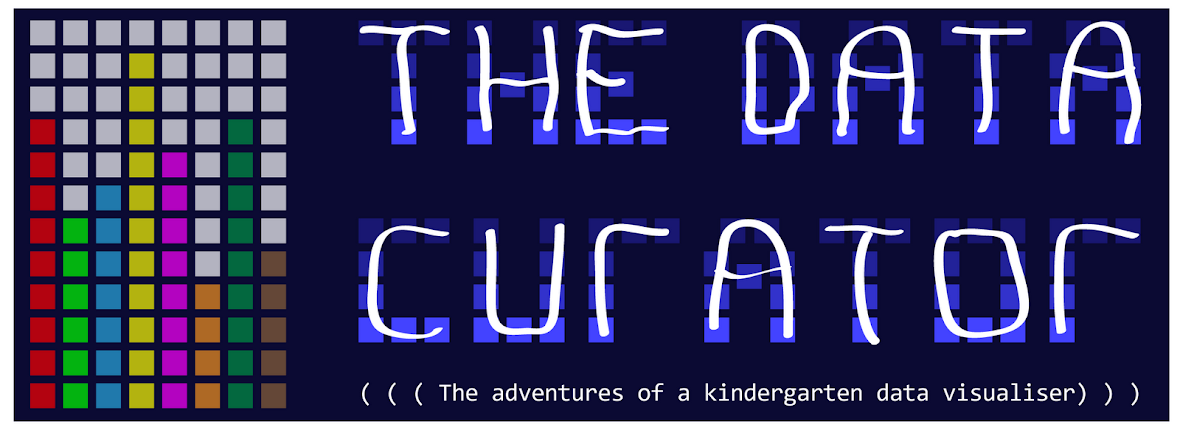 Today I upload my very
first infographic (well that which I am prepared to share anyway!). The
infographic shows the scale and cost of prescriptions in England in 2011. I
don't know how you will react to it (by all means, please do leave comments),
but for me I was absolutely staggered, shocked and aghast at the sheer numbers
of pills that we as a nation consume. There were 32 million prescriptions
issued for aspirins last year which equates to approximately 1.078 billion
tablets, sachets and suppositories. Remember, this is just England, and not all
UK!
Today I upload my very
first infographic (well that which I am prepared to share anyway!). The
infographic shows the scale and cost of prescriptions in England in 2011. I
don't know how you will react to it (by all means, please do leave comments),
but for me I was absolutely staggered, shocked and aghast at the sheer numbers
of pills that we as a nation consume. There were 32 million prescriptions
issued for aspirins last year which equates to approximately 1.078 billion
tablets, sachets and suppositories. Remember, this is just England, and not all
UK!
Our over-reliance on
pharmaceuticals has long been something of concern to me, not least because I
lost my grandfather a few years ago after he passed away from internal bleeding
as a result of taking Aspirin, something he was prescribed to help thin his blood.
He was a big bloke with a fondness for beer and large portions (especially
meat, potatoes, pastry, etc.) and boy did he load the salt on to every meal he
ate!!
Of course, whilst I do not
for a second doubt that there are many people out there for whom prescribed
drugs provide a great deal of much-needed relief to their condition, the top
five prescription items in their own right really paint a picture of the mess
we are in as a country.
The number one drug is
Simvastatin, which is described as a lipid-regulating drug. It is used to treat
high cholesterol and also for preventing cardiovascular "events"
amongst at-risk patients. The NHS Choices website lists many modern-day vices as primary
causes for high cholesterol, including an unhealthy diet, lack of exercise,
obesity, drinking excessive amounts of alcohol, and smoking. Looking at the
information on the remaining four drugs, it is almost certain that a large part
of the conditions that are treated by these drugs are similarly
lifestyle-related. Hypertension, peptic ulcers, hypothyroidism, and
cardiovascular disease are undoubtedly symptomatic of unhealthy lifestyles.
Perhaps this would not be
quite so alarming if we did not also consider the amount of taxpayer money that
is paid to large pharmaceutical companies in combating these
problems. Nearly £9 billion was spent on prescriptions last year by the NHS,
that's £9,000,000,000 - a lot of zeros!!! I often think millions and billions
are pretty abstract numbers and hard to really get a handle on, but when I
looked at the debt levels of African countries on the Worldbank website I was
amazed to find that our pill bill exceeded the debt of Somalia, Ethiopia and
Zimbabwe combined. A
sobering thought indeed.
Anyway, I intend on
creating a few more infographics from these data as there is so much interesting
information in there, and as you can probably tell, I am pretty passionate
about this subject area. I do hope you like it.
PS: I'm trying out Closr for the image hosting, just click on the full-screen icon to see it up close. I'm hoping to find something a little better, but this will have to do for now!


